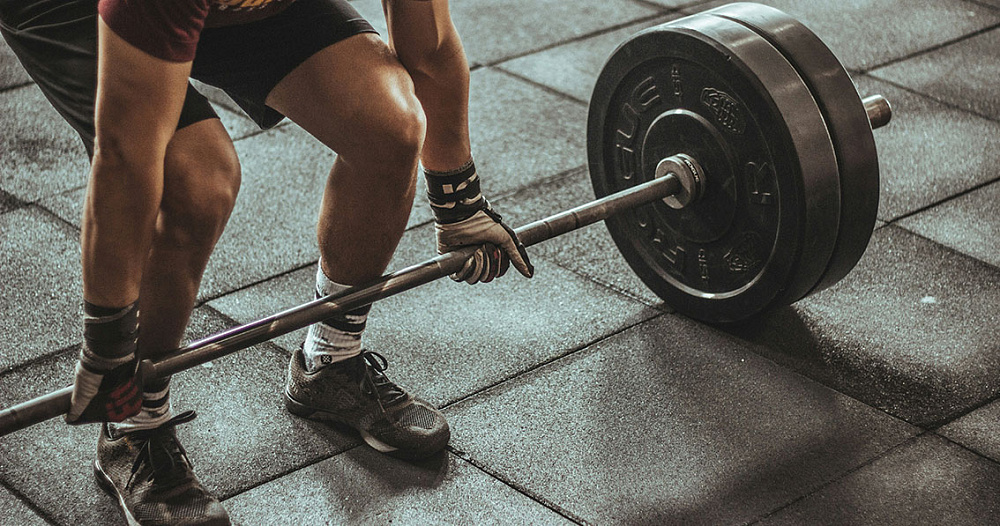Joint restoration is a broad concept that can include a wide variety of processes: rehabilitation after injuries, surgeries, treatment of degenerative diseases, chronic pain, restoration of damaged or destroyed anatomical structures (cartilage, ligaments, tendons) as a result of diseases. Joints can be restored using both conservative and surgical methods. Which ones are required depends on the nature, cause, severity of damage or destruction of the joint, its type, functional state, severity of symptoms and the patient’s requirements for the results of restoration.
When joint restoration is required
Usually, joints that have been damaged as a result of:
- injuries;
- operations;
- diseases.
Recovery after injuries, surgeries and illnesses is called rehabilitation. It is aimed at both anatomical restoration of the tissues that form the joint and functional restoration: increasing muscle strength, range of motion, sensitivity, joint stability and other indicators to the maximum level. If possible, full restoration is ensured: to the level that the person had before the injury or illness.
At the same time, the goals of recovery depend not only on the rehabilitation potential. They are agreed upon with the patient and are not necessarily maximum. For example, for older people who do not play sports or do physical work, it is enough to restore the function of the affected limb to the level at which they can normally perform everyday tasks without feeling discomfort or limitations in everyday life.
Cartilaginous tissue of joints – features of restoration
There is cartilage tissue in the joints. It is destroyed by arthrosis and some other diseases. Many patients want to restore cartilage with medications, physical therapy, exercises, etc. In fact, in most cases, restoration of destroyed cartilage is impossible.
This does not mean that treatment is not required. Therapy is necessary at least to prevent the cartilage from being destroyed further.
Cartilage restoration is possible only if the cartilage defects are local – formed as a result of trauma or acute disease. Such defects can be closed with fragments of autologous (own) cartilage, which, depending on the size of the defect, is obtained from non-load-bearing sections of the same joint, from another joint or from other tissues. This treatment option is called mosaic chondroplasty.
There are also other methods, such as autologous chondrocyte (cartilage cell) transplantation on a collagen membrane or stem cell transplantation. These treatments provide similar results, but are more expensive for the patient. Chondrocyte implantation also requires two surgeries.

Arthrosis or arthritis – when joint restoration is needed
Arthrosis and arthritis are completely different concepts.
Arthrosis is a degenerative process, actually a gradual destruction of the joint. The main reason is the “wear” of the cartilage under the influence of loads that the joint cannot withstand. This “wear” in the knee and hip joint occurs in most people, only to varying degrees and at different ages. Theoretically, if all people lived to 120 years, then everyone would suffer from arthrosis. Some do not suffer from it only because they do not have time to get sick.
Arthritis is an inflammation of the joint. Arthritis is not a diagnosis. It is just a term that tells us that the joint is inflamed. It hides many pathologies that differ in origin, clinical course and prognosis. The most severe is septic arthritis – an acute infectious disease of the joint that can destroy it in a few days. The most common arthritis is rheumatoid. This is a chronic inflammatory disease that periodically worsens and can gradually destroy the joint.
There are also arthritises that do not destroy joints and pass without consequences: for example, reactive arthritis against the background of sexually transmitted and intestinal infections or arthritis against the background of Henoch-Schonlein disease (hemorrhagic vasculitis). The inflammation may seem severe to the patient due to swelling, pain, limited mobility, redness and other symptoms, but then the arthritis passes, and the cartilage remains whole and unharmed.
Thus, with arthrosis, joint restoration is always necessary, and with arthritis – sometimes. Not every arthritis ends with damage to the articular cartilage, but some arthritis can destroy it very quickly. At the same time, arthrosis destroys the joint, although slowly, but inevitably.
Rehabilitation at the clinic of Doctor Waqas Javed
With arthrosis, it is impossible to restore joints to the level they were before the disease began. This is a chronic, incurable pathology. We can stop or slow down the degenerative process so that you do not have to undergo endoprosthetics or at least to postpone this operation. But it is impossible to grow new cartilage in place of the destroyed one with the current level of development of medicine.
Methods we use to maintain articular cartilage:
- platelet-rich plasma – the introduction of platelets into the joint helps to enhance metabolism and regeneration due to growth factors;
- Stem cells are another way to initiate regeneration, usually using cells from the patient’s adipose tissue;
- hyaluronic acid – slows down cartilage degeneration by improving the quality of synovial fluid.
All of these methods involve injections into the joint. Among the effective non-invasive treatment methods that affect the rate of disease development, it is worth noting lifestyle modification and therapeutic exercise.
Other conservative treatments, including medications, physical therapy, kinesiotaping, massage, reflexology, etc. are only symptomatic. They do not affect the outcome of arthrosis.
If you need treatment or rehabilitation for joint diseases and injuries, contact Dr. Waqas Javed’s Clinic in Lahore. We have experienced doctors, affordable prices, modern methods and a personalized approach. We will restore your joints as much as possible, based on the clinical situation and the capabilities of modern medicine.





